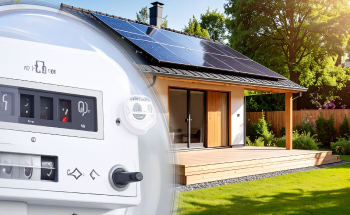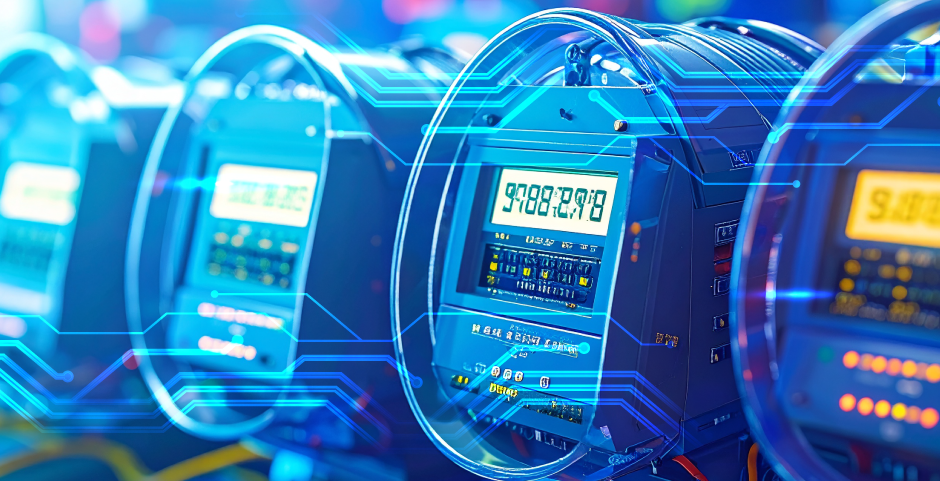Complete Guide to DNP3 Communication Challenges and Solutions

Shwetha Bhat February 12, 2025
DNP3 communication, being one of the SCADA protocols, may have several problems caused by network conditions, device configuration, or malfunctioning of the software.
Common issues with DNP3 communications are described below along with some techniques to troubleshoot and resolve issues at hand:
1. Communication Failures
Devices don't communicate, or devices' communications are spotty and intermittent. To overcome such issues, you need to do the following:
- Ensure network connectivity between SCADA master station and the field devices.
- Check for physical layer faults including cables, power supply, and electromagnetic interference.
- Configure IP addresses, subnet masks, and gateways correctly on all devices connected to a network.
2. Timeouts and Retries:
Timeouts in the polling of data or having retries not improving the issues in communication. To overcome such issues, you need to do the following:
- Change the settings of timeout and retry in the DNP3 configuration based on the latency and times of response by devices on the network.
- It can also monitor network traffic and performance metrics to identify which bottlenecks or latency issues may be causing timeouts.
- Ensure that the bandwidth and network resources are sufficient for all the communication traffic.
3.Data Integrity Problems:
Field devices provide bad or corrupted data. To overcome such issues, you need to do the following:
- CRC, or Cyclic Redundancy Check, or cryptographic hashes can be performed for ensuring data integrity.
- Verify mappings and configurations of data between field devices and the SCADA system to ensure correct interpretation of data points.
- Check for firmware or software updates on devices for known issues that could negatively affect data integrity.
4. Security Concerns:
DNP3 communication has been found to be vulnerable to unauthorized access. To overcome such issues, you need to do the following:
- Utilize secure authentication and encryption techniques, as supported by DNP3 - such as the use of TLS in transport.
- Regularly update devices with the latest firmware and software patches to protect against security vulnerabilities.
- Monitor access logs and audit trails on a regular basis to quickly identify, respond to, and block any suspicious activity or unauthorized attempts to access systems.
5. Protocol Compliance:
Incompatibility or non-compliance of different vendor devices with DNP3 standards. To overcome such issues, you need to do the following:
- Ensure all devices-the master station and field devices alike-operate on the same protocol version for compliance with the DNP3 protocol.
- Perform interoperability testing between devices and systems to ensure that conformance and functionality exist.
- Utilize vendor documentation and support resources in attempting to reduce protocol-related problems.
6. Configuration and Parameter Errors:
Mismatched configuration settings or parameter values, which create communications failures or data discrepancies. To overcome such issues, you need to do the following:
- Verify configuration settings for polling intervals, point definitions, and communications addresses.
- This will enable troubleshooting through diagnostic tools, which the DNP3-capable devices or SCADA systems can provide to identify configuration errors.
- Document and maintain records of configuration settings to facilitate troubleshooting, and eventually maintenance.
7. Environmental Factors:
The environmental conditions, such as extreme temperatures or humidity, are affecting operational device performance or reliability. To overcome such issues, you need to do the following:
- Devices need to be installed in proper environmental conditions according to factory specifications.
- For these purposes, environmental monitoring and control mechanisms should be implemented to minimize possible impacts on device operation.
- Employ hardened or ruggedized devices where possible to cope with difficult environmental conditions.
Techniques for Troubleshooting and Resolving Issues
- Log Analysis: Analyze logs and event messages from SCADA systems, field devices, and network infrastructure for patterns or explicit errors that could interfere with communications.
- Network Monitoring: Employ network-monitoring tools to observe the pattern of flow, bandwidth utilization, and latency issues that could affect DNP3 communications.
- Firmware and Software Updates: Keep up to date with the latest firmware and software versions on all devices to ensure that bug fixes, security vulnerabilities, and compatibility issues are current.
- Support by Vendors: Avail support resources from device vendors in case complex issues require troubleshooting or verification that the DNP3-enabled devices are correctly configured.
- Simulation and Testing: Utilize simulation software tools or test environments in which communication scenarios can be replicated and configuration changes or troubleshooting solutions can be validated before deployment.
- Knowledge Sharing through Documentation: Continue documenting all network configurations, troubleshooting methods, and solutions found to aid in future knowledge sharing.
These techniques and best practices will help any organization effectively address the general problems arising during DNP3 communication for steady and secure operations of different SCADA systems.


